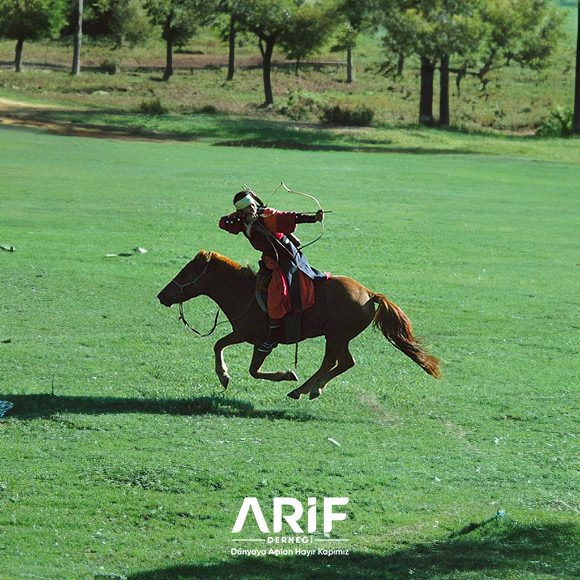Blog
Horse and Horsemanship In Sakha (Yakut) Culture

The horse is one of the indispensable elements of Turkish culture. In Sakha (Yakut) culture, horses and horsemanship have held great importance, with their motifs engraved in many places. They have always been respected and held symbolic value, even sharing their place in graves as a cherished asset.
Assoc. Prof. Dr. YURIY VASILYEV-CARGISTAY
The Sakha people live at the farthest edges of the Turkish world, at the northernmost and easternmost point, in Siberia, on the shores of the Arctic Sea. Their homeland today consists of vast forests, towering mountains, extensive tundras, and land frozen by a 1.5 km thick layer of ice. Winter lasts for 8-9 months. In this land, the sun does not rise for months in the winter, and during summer, it never sets. There is no other place on Earth with such a harsh climate as Yakutia.
Yakutia is the land of diamonds, gold, silver, oil, natural gas, coal, iron, tin, and uranium. These vast forests are home to 700,000 lakes and valuable game animals. One of the world’s ten largest rivers, the Lena River, flows through Yakutia, with its mouth into the ocean being 15 km wide. The Sakha people living in this land speak a language derived from Oghuz and Uighur roots and have a rich folk literature and beliefs dating back thousands of years.
The pride and symbols of the Sakha people are the sun, the horse, kumys, and the kobuz. In Sakha culture, the horse is a sacred animal. According to Sakha beliefs, the god of the horse, Cohogoy-Toyon, resides on the third level of the sacred sky, on the southeast side. He protects both the Sakha people and their horses.
In addition, in Sakha folklore, there are Olonho epics such as “Duray-Bahadır,” the son of the horse, and “Atalamii-Bahadır,” the son of the horse in Dolgan-Sakha culture.
Respect for horses is common in Sakha beliefs and rituals. For instance, Ihtax, the Sakha New Year, is a celebration of kumys (fermented mare’s milk). People who attend enjoy drinking the strong kumys and feast on horse meat. During Ihtax, numerous cups made of wood, leather, or bark are used to drink the kumys made from mare’s milk.
When we look at the importance of horsemanship in Sakha culture and the broader Central Asian region, we better understand why the horse was domesticated in this vast steppe geography. In order to cover long distances across the endless steppes, one must ride a horse. The development of horsemanship is tied to the resilience of the horses, which are perfectly suited to the harsh conditions.
But what would have happened if the horse had not been domesticated?
